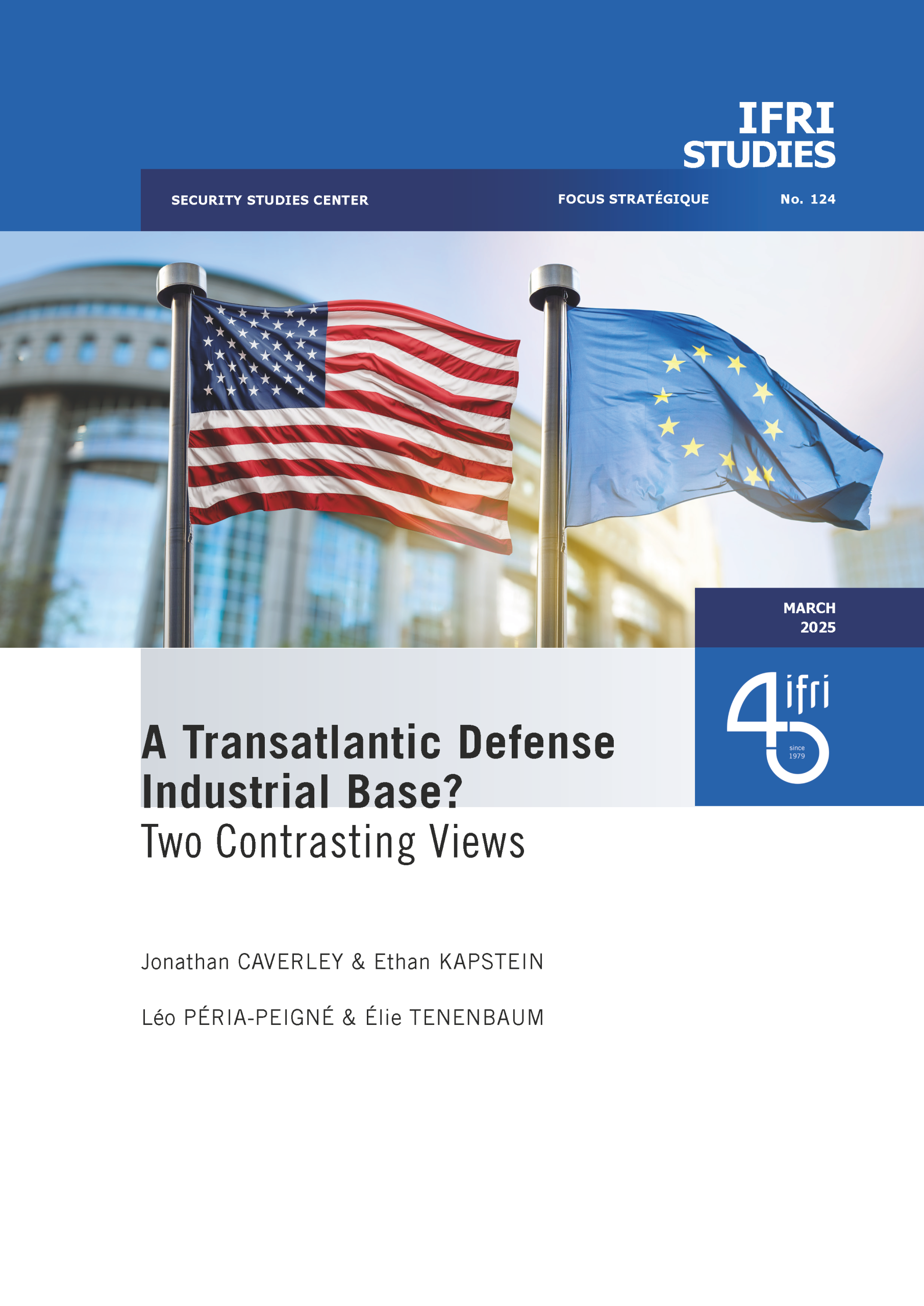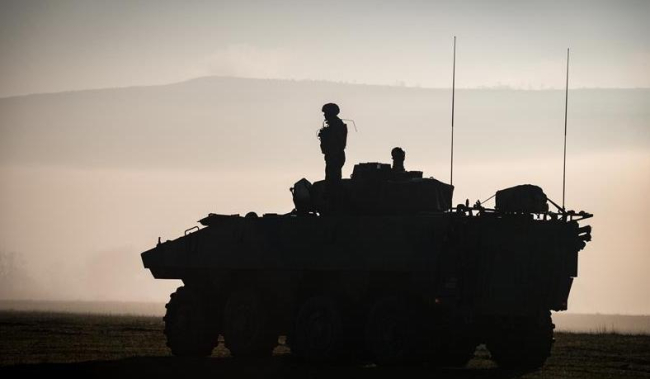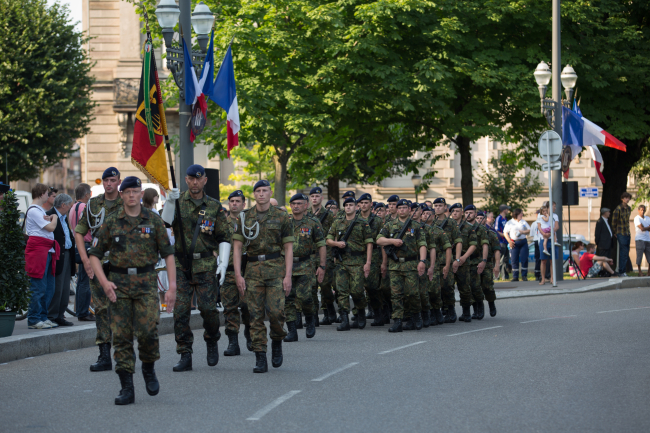The Amphibious Endeavour: Tactical Risk, Strategic Influence

Despite a centuries-long history, amphibious operations were rarely in the spotlight before the Second World War. Meteorological constraints and joint planning challenges both emphasize their risky and complex character. Lessons learned highlight indispensable operational requirements such as superior naval power, favourable strength ratio for disembarked forces and the advantage of surprise.
Nowadays, amphibious operations have adapted to new conditions by strengthening joint forces integration, and by taking advantage of the most modern naval and military technologies. Although amphibious operations remain a high-end perspective in a total war concept, they still represent a key capability for “forcible entry” in a world where 50% of the population lives by the sea. Stretching over the entire operational spectrum, amphibious operations will prove more and more their importance in low-to-medium intensity crisis scenarios, rather than in the hypothetical use of all-out force and wide-scale operations.

Available in:
Regions and themes
ISBN / ISSN
Share
Download the full analysis
This page contains only a summary of our work. If you would like to have access to all the information from our research on the subject, you can download the full version in PDF format.
The Amphibious Endeavour: Tactical Risk, Strategic Influence
Related centers and programs
Discover our other research centers and programsFind out more
Discover all our analysesA Fragile Consensus? The Pressure on the Norm Against Nuclear Testing
Apart from North Korea, no state has conducted explosive nuclear tests in the 21st century, reflecting the emergence of a strong international norm against such testing.
The Franco-German Brigade and the Revival of European Defense
One thing has been clear since Donald Trump's return to the White House: the very existence of the European unification project is threatened. Unless it develops a sovereign defense policy to counter the war in Ukraine and the weakening of American security guarantees, the European Union will continue to see its internal cohesion and external attractiveness wane.
Taking the Pulse: Can Europeans Build Their Independent Extended Nuclear Deterrent?
Confronted with a U.S. disengagement and the Russian threat, Europeans are reconsidering their stance on nuclear deterrence. Given the capabilities of the French and British arsenals, can Europe develop an independent nuclear deterrent?

RAMSES 2024. A World to Be Remade
For its 42nd edition, RAMSES 2024 identifies three major challenges for 2024.







